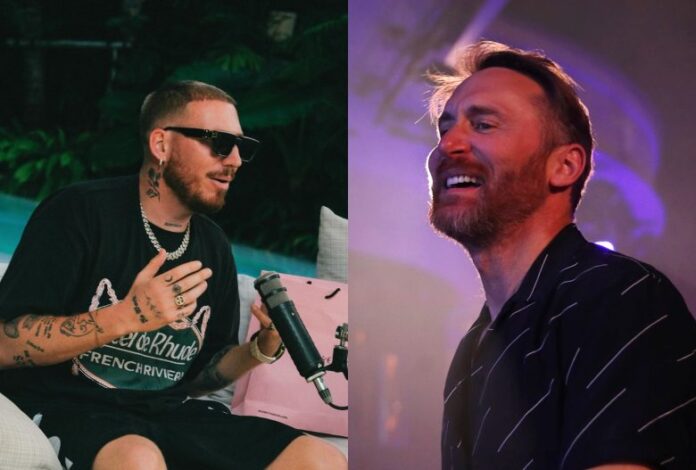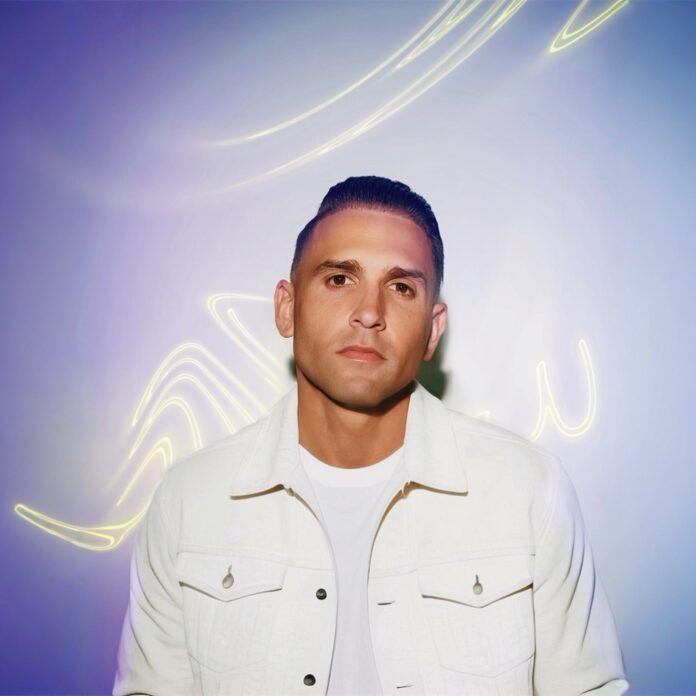Over the course of anime's existence, the medium has given us many incredible, long-running franchises. When modern creators get nostalgic, they'll many times reboot and update these franchises, giving them their own spin. These new anime are sometimes only tangentially related to the original or, contrastingly, more accurate adaptations of the original show's source material.
Here's a look at several modern anime in the last two decades that have taken old classics and redone them from the ground up, telling their stories for a new generation. Some of these shows are from earlier in the millennium, while some are only a year or so old themselves.
Casshern Sins
Produced by venerable company Tatsunoko, Casshern Sins was a 2008 reboot of the 1973 classic, Casshan. That series is almost entirely unknown to those in the West outside of the character's role in the also somewhat obscure Tatsunoko vs. Capcom, and even in Japan, it's largely forgotten. This allowed 2008's Casshern Sins to completely remake the show from the ground up, but namely its tone.
Unlike the original series, where Casshern was a cyborg built to defend justice and fight the evil Braiking Boss, the Casshern in this series was created by and worked for the Braiking Boss. Killing the world's savior and dooming the planet, Casshern sends Earth into a cataclysmic apocalypse. Resurfacing years later to find both robots and the remainder of the human race suffering horribly, the returning Casshern has no knowledge of who he is or what he had done.
The remade series worked due to its unique art style and incredibly different take on the source material. Its slow-burn story enhanced this, making the affair much more epic and thought-provoking than the original series.
Astro Boy (2003)
In many ways, Astro Boy is a mascot for the anime medium in general, and his 2003 anime was a celebration of his history. While it echoed creator Osamu Tezuka's classic art style and designs, it was darker, more modern and cinematic compared to the original series. This darker tone was somewhat controversial among American fans, but Astro Boy did find success on British stations.
The story, as usual, deals with Atom (Astro Boy), the robotic creation of Dr. Tenma, who modeled him after his own son. A humanoid robot with an A.I. heart, Astro Boy and his little sister Uran are a far cry from the more simplistic robots dotting their futuristic city. As Astro Boy faces both rogue robots and machine-hating humans, the series turns into a sort of parent-child drama while exploring science fiction themes.
Sailor Moon Crystal
Beginning in 2014, Sailor Moon Crystal is an ONA series that serves as a reboot of the classic magical girl anime. As usual, it follows the teenager Usagi Tsukino who becomes the superheroine Sailor Moon and unites with the other Sailor Scouts to defend the planet against threats, such as the evil Queen Beryl.
Marking the 20th anniversary of the franchise, the main difference between Sailor Moon Crystal and the original series is that the new series is meant to be much more faithful to the manga. That means that some of the original filler from the old show was excised entirely, making the show feel both classic yet modern and fresh.
Doraemon (2005)
Doraemon is another ambassador of anime and Japanese culture, and he's had several anime spanning hundreds of episodes. The current iteration is the Doraemon that began in 2005, known as the Mizuta Edition due to Wasabi Mizuta voicing the title character. Per tradition, the story involves Doraemon, an earless robotic cat from the future traveling back in time to help out a boy named Nobita. Together, they have all manner of fun and whimsical adventures.
The main draw for the 2005 series is that, despite still remaining fairly faithful to the expected tone and scope of the series, it's still a more modern affair than older takes on the character. It's also closer to the character's manga series, not to mention a less daunting task to get into -- while it's already amassed over 600 episodes, the classic anime series had over one thousand more than that.
Dororo (2019)
One recent series with major changes, at least in art direction, is the 2019 anime Dororo. Based on the Osamu Tezuka manga of the same name, the worldwide Amazon Prime Video exclusive did away with Tezuka's more childish art style for more mature art and somber tones.
The story involves a ronin named Hyakkimaru, who was born without limbs or facial features due to a pact that his greedy father made with demons in exchange for power. A medicine man found an abandoned Hyakkimaru and grafted prosthetics onto him, though he still lacks sense. Despite this, he scours the land with an orphan named Dororo, hoping to defeat the demons that plague the country.
The series is obviously a much more modern affair than the 1969 anime, though some of the storylines are also less decompressed. This moodier take does the source material justice by how grim it is, bringing Tezuka's story to life in a whole new way.
About The Author

